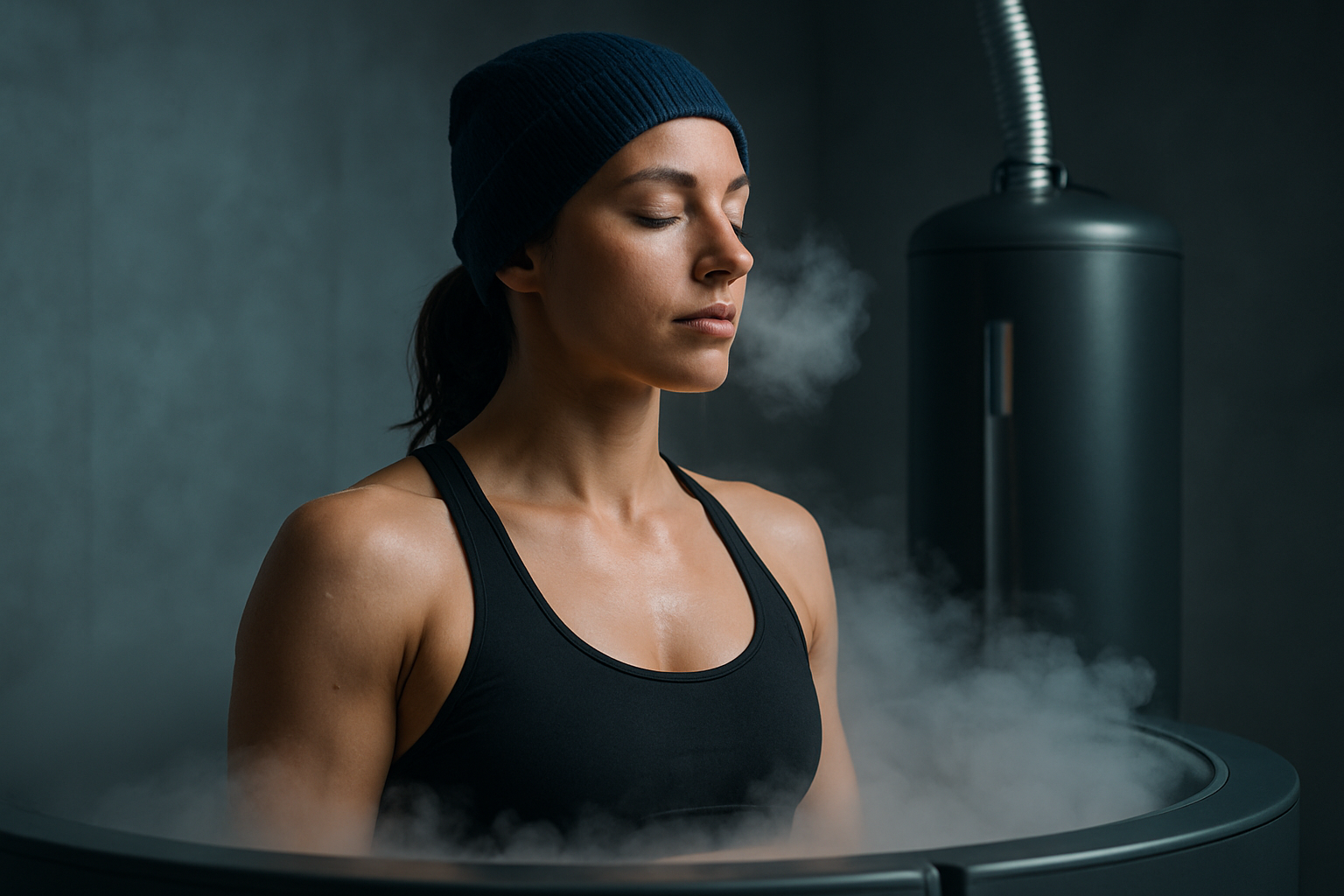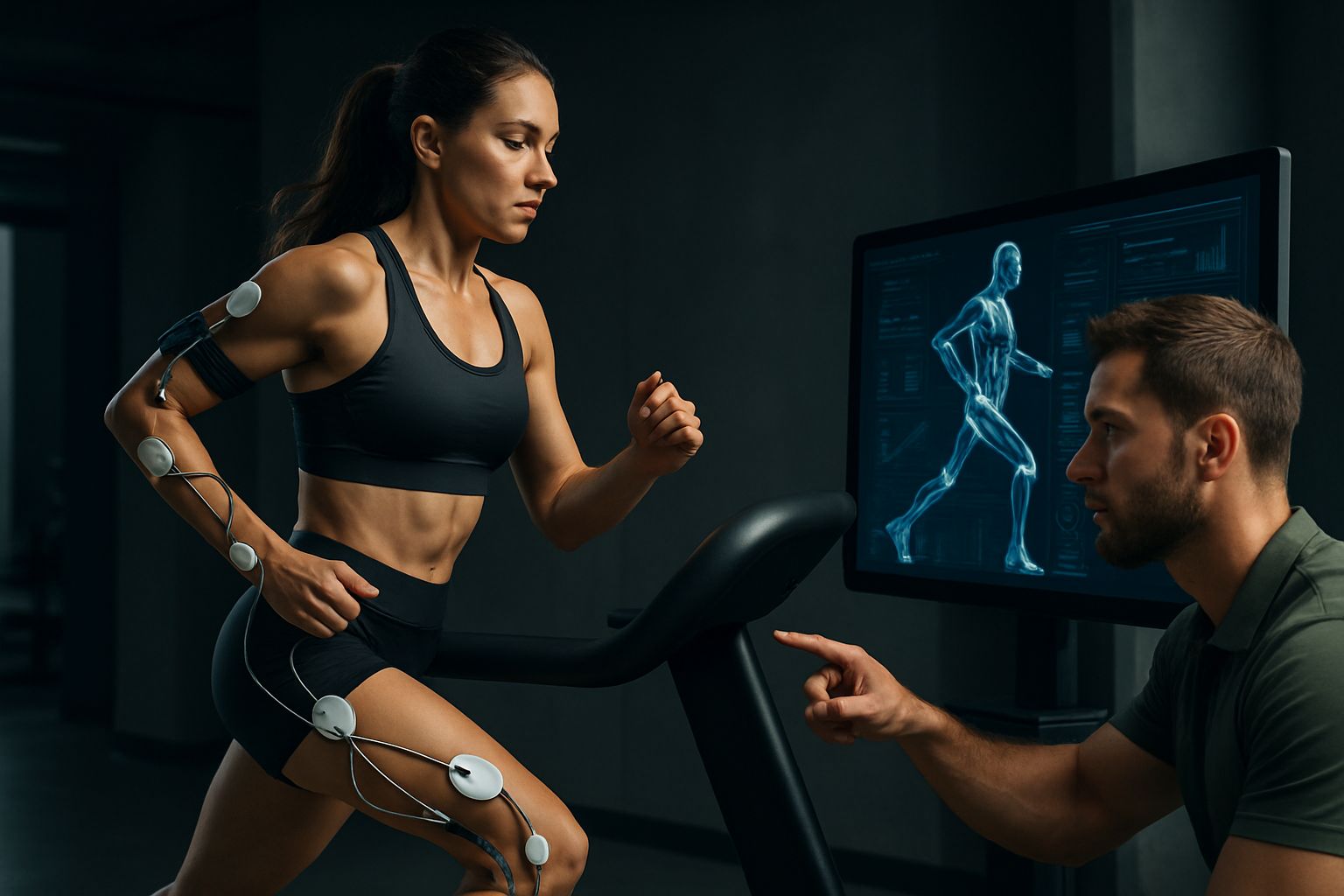Cryotherapy: The Cool Revolution in Beauty and Wellness
In a world constantly seeking innovative ways to enhance beauty and fitness, one treatment has emerged from the depths of sub-zero temperatures to capture the imagination of wellness enthusiasts worldwide. Cryotherapy, once reserved for elite athletes and medical treatments, has now snowballed into a mainstream phenomenon, promising a multitude of benefits for both body and mind. This icy intervention has steadily gained traction in recent years, with proponents claiming it can boost metabolism, reduce inflammation, and even slow the aging process. As spas and wellness centers rush to install cryotherapy chambers, and portable units make their way into homes, it's clear that this is more than just a passing trend. But what exactly is cryotherapy, and can it truly deliver on its frosty promises?

The most common form of cryotherapy involves whole-body exposure in a specialized chamber filled with nitrogen vapor that drops the temperature to between -200°F and -300°F (-129°C to -184°C). Participants typically spend two to four minutes in the chamber, wearing minimal clothing and protective gear for their extremities. Localized cryotherapy, which targets specific areas of the body, is also gaining popularity, often using controlled jets of liquid nitrogen or cold air.
The Science Behind the Freeze
The theory behind cryotherapy is rooted in the body’s natural response to extreme cold. When exposed to such low temperatures, blood vessels in the skin’s surface and muscle tissue constrict, forcing blood toward the body’s core. This process, known as vasoconstriction, is believed to reduce inflammation and pain in the affected areas. Once the body returns to normal temperature, the blood rushes back to the extremities, potentially carrying more nutrients and oxygen.
Research into cryotherapy’s effects is ongoing, with some studies showing promising results. A 2018 review published in the International Journal of Sports Medicine found that whole-body cryotherapy could significantly reduce muscle pain and improve recovery in athletes. Another study in the Archives of Dermatological Research suggested that cryotherapy might increase collagen production, potentially improving skin elasticity and reducing the appearance of cellulite.
However, it’s important to note that while anecdotal evidence abounds, large-scale, long-term studies are still needed to fully understand the extent of cryotherapy’s benefits and potential risks.
Beauty in the Ice Age: Cryotherapy’s Cosmetic Applications
The beauty industry has been quick to embrace cryotherapy, with treatments ranging from facial “cryo-facials” to body sculpting procedures. Proponents claim that the extreme cold can tighten pores, boost circulation, and stimulate collagen production, leading to firmer, more youthful-looking skin.
Cryo-facials typically involve applying a controlled stream of liquid nitrogen vapors or chilled air to the face and neck. Some spas have even developed “cryotherapy wands” that can be used at home, promising to reduce puffiness and enhance the skin’s natural glow. While these treatments can provide an immediate tightening effect and a rosy flush, dermatologists caution that long-term benefits may be limited without consistent use.
Body sculpting through cryotherapy, often called “CoolSculpting,” uses controlled cooling to target and eliminate fat cells in specific areas. While this FDA-approved procedure has shown effectiveness in reducing localized fat deposits, it’s not a substitute for a healthy diet and exercise regimen.
Fitness on Ice: Cryotherapy in Athletic Performance
The world of sports and fitness has been one of the earliest and most enthusiastic adopters of cryotherapy. Professional athletes across various disciplines, from basketball to marathon running, have incorporated cryotherapy into their training and recovery routines.
The purported benefits for athletes include:
-
Reduced muscle soreness and inflammation
-
Accelerated recovery time between workouts
-
Improved sleep quality
-
Enhanced overall performance
Some fitness enthusiasts have even begun incorporating brief cryotherapy sessions into their pre-workout routines, claiming it helps to boost energy and focus. However, as with many aspects of cryotherapy, more research is needed to fully substantiate these claims.
The Chill Factor: Potential Risks and Considerations
While cryotherapy has gained popularity, it’s not without its critics and potential risks. The FDA has not cleared or approved whole-body cryotherapy devices for medical treatment of any specific condition. Moreover, there have been reports of adverse effects, including frostbite, burns, and even asphyxiation in poorly ventilated chambers.
Experts stress the importance of using cryotherapy under professional supervision and following strict safety protocols. Certain groups, such as pregnant women, those with heart conditions, and individuals with Raynaud’s syndrome, are advised to avoid cryotherapy altogether.
Additionally, the cost of cryotherapy can be prohibitive for many, with single sessions ranging from $60 to $100, and some high-end spas charging significantly more. This has led to concerns about accessibility and whether the treatment may exacerbate existing inequalities in health and wellness.
The Future of Freeze: Cryotherapy’s Evolving Landscape
As research continues and technology advances, the future of cryotherapy in beauty and fitness looks promising but nuanced. We’re likely to see more targeted applications, such as cryotherapy-enhanced skincare products and more sophisticated at-home devices. The integration of cryotherapy with other wellness practices, such as meditation or breathwork, is also an emerging trend.
However, as with any rapidly growing industry, there’s a need for increased regulation and standardization to ensure safety and efficacy. The coming years will likely bring more rigorous studies, potentially leading to clearer guidelines and more specific applications in both the beauty and fitness sectors.
In conclusion, cryotherapy represents a fascinating intersection of ancient wisdom and cutting-edge technology in the pursuit of wellness. While it’s not a panacea, its growing popularity speaks to our enduring fascination with innovative approaches to health and beauty. As we continue to explore the potential of this icy intervention, one thing is clear: in the world of wellness, sometimes it pays to keep your cool.





